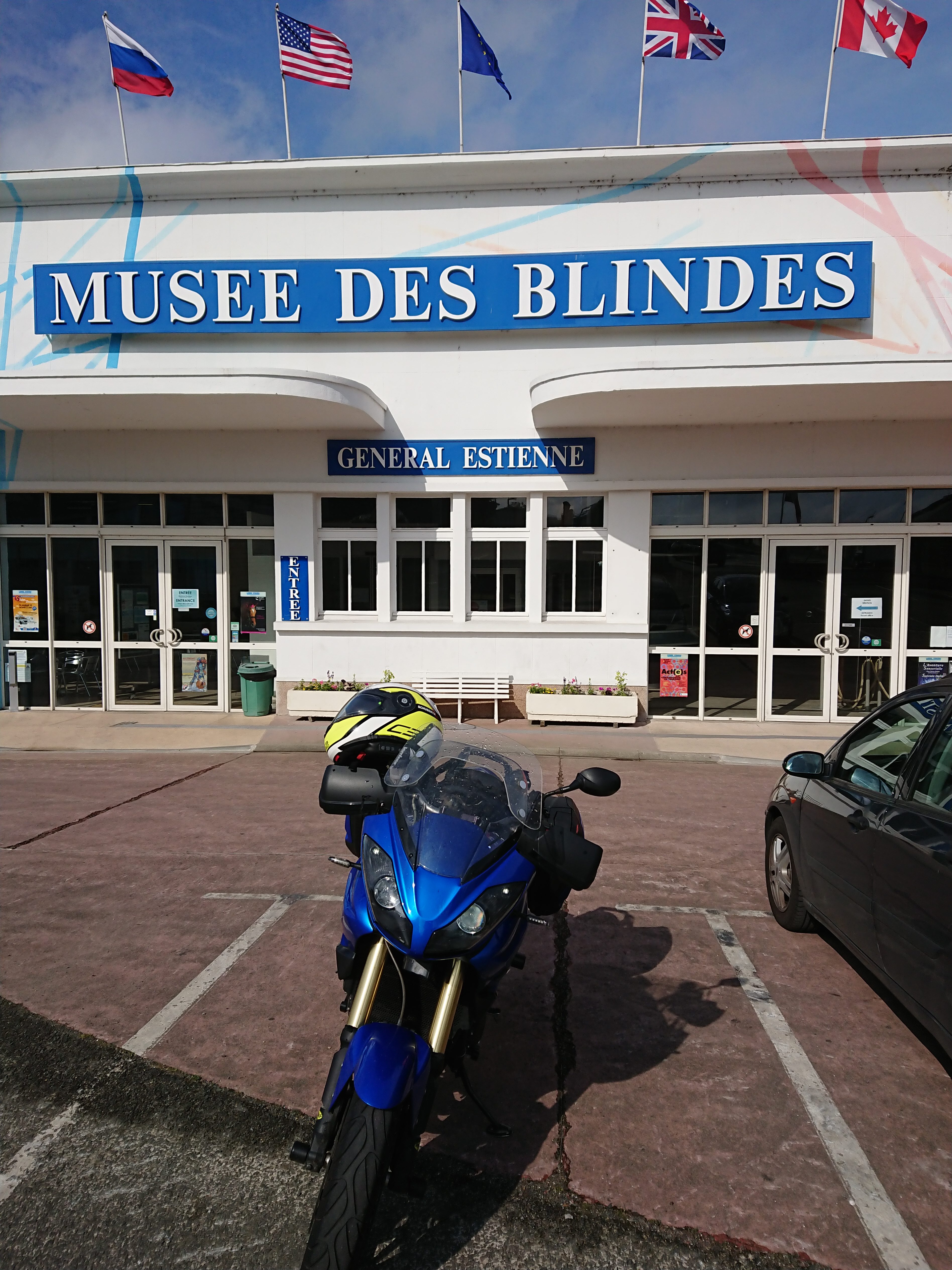At the end of May 2018, I finally got to visit Musee des Blindes in Saumur, France, to see their extensive armour collection. Most text taken from museum boards. Please note, I am still in the process of adding captions and descriptions.

Camion Renault
This Renault truck was used as an artillery tractor for the 75mm field gun. Another version was dedicated to the transport of the FT17 light tank

Goliath
For specialised purposes such as the destruction of infantry positions or enemy armour, the German company Borgward produced numbers of small, remotely controlled tracked vehicles which were used to carry demolition charges to heavily defended positions or through minefields. Controlled through a 1500 meter cable attached to the rear, the Goliath carried a load of 83kg of high explosive. 2650 of these were produced using the electric motor. A later version was issued with a less expensive motorcycle petrol engine

PzKw II Luchs (Sd.Kfz.123)
The need for a light armoured reconnaissance vehicle, fully tracked and featuring adequate communication equipment had led to the design of the Luchs. Its distinctive interleaved suspension with large bogies and no return rollers, as well as the 20mm gun typically mounted in the centre of the turret distinguished this model from the original Pz II. The Luchs was produced in small numbers. Only 133 were issued to Panzer reconnaissance batallions between April 1942 and May 1943

Trippelwagen
This amhibian vehicle was designed by the engineer Trippel and was built just before the war. It is propelled by a 6-cylinder 2.5 litre engine which equipped the Opel Kapitan. A distinctive feature of this vehicle is that it si constant four wheel drive. When on water it can move at a speed of 10kmh by combining the propellor with the driving wheels

Pz II (Sd.Kfz.121)
At the beginning the Panzer II was designed in order to make a transition before German industry would be able to produce the later Panzer III and IV. Lightly armed and armoured, it was nevertheless the structure of the Panzerwaffe during the Polish (1939) and French (1940) campaigns. The Panzer II was later limited to minor roles (command, observation) or transformed into a self-propelled 105mm howitzer (Wespe)

Pz III (Sd.Kfz.141)
Designed as the standard combat vehicle of the German Panzer regiments, the Pz III first versions were comprehensively tested in 1936. However, although the Pz III did well against French and British light and medium tanks, the 37mm already proved inadequate against armoured targets such as the Renault B1 bis; hence the mounting of the more powerful 50mm in 1941. For infantry support, a version featuring the 75mm gun was developed in 1943















Leave a Reply